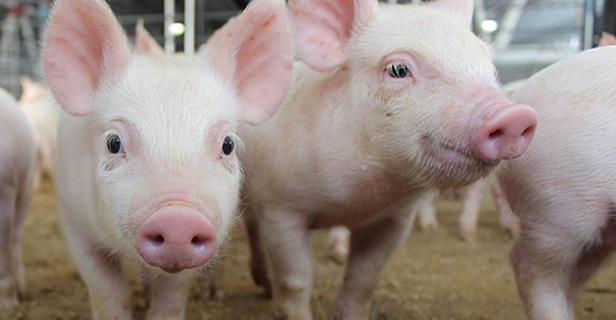BY
Export markets helped Iowa pork producers sell some animals this past spring when their usual processing paths were disrupted by the pandemic.
Iowa State University economist Dermot Hayes says a key aspect of overseas markets is that they like parts of the pig that most Americans don’t have a taste for — like feet and offal.
Hayes says, “We need those export markets to eat the pieces that we’re not as interested in and in so doing, they reduce the break-even price of producing the loin, the rib and the belly for the American consumer.”
U.S. pork producers had high hopes for 2020, in part because China was still re-building its swine herd after a massive disease outbreak. However, a Sino-American trade war that had barely cooled suggested over-reliance on China could backfire.
U.S. Department of Agriculture Undersecretary Ted McKinney says some trade bailout money went into developing new markets.
“We’re leaving no stone unturned,” McKinney says. “If we can sell an extra container of pork somewhere, that’s an extra container of pork that came from somebody’s farm or ranch and that’s what we want to do.”
McKinney sees promise in a pending trade deal with Kenya and says other African and Southeast Asian countries are also on his radar.
China, Mexico and Canada are the largest buyers of U.S. pork.
By Amy Mayer, Iowa Public Radio




